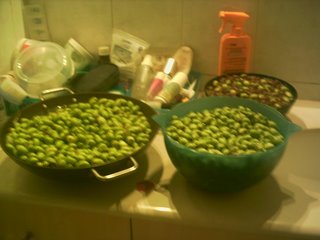These are pink oyster mushrooms that we’ve grown at home, from mini-farms supplied by Far West Fungi. I became interested in mushrooms through my readings on deep ecology and interconnectedness, and especially through reading and enjoying Paul Stamets’ wonderful book Mycelium Running. Stamets, who is marvelously knowledgeable about the fungal kingdom, discusses mycelial mats and their important roles in fostering communication and collaboration between different species, such as trees and animals. They also play a crucially important role in composting and renewal.
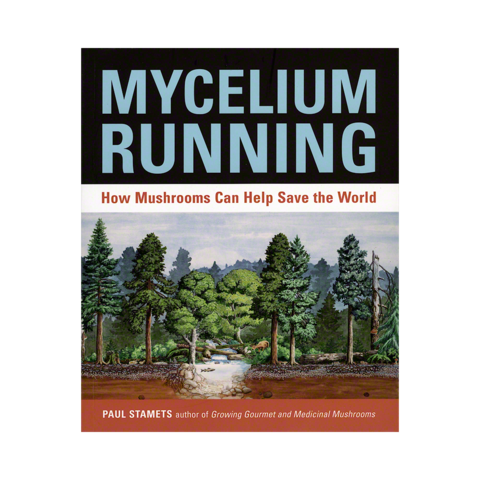
After reading the book, I knew I had to see for myself what it was like to experience these marvelous organisms up close, and so, I ordered a few mini-farms and got to work. The most important thing about growing mushrooms is the location: they like indirect light and cold, and they love being humid. The mini-farm suppliers know what’s what, so I followed the instructions to the letter and got lots of wonderful mushrooms out of the kits.
Here are some of the mushrooms we’ve grown. The shiitakes were wonderful and juicy when picked, and I simply sautéed them with some garlic and greens.
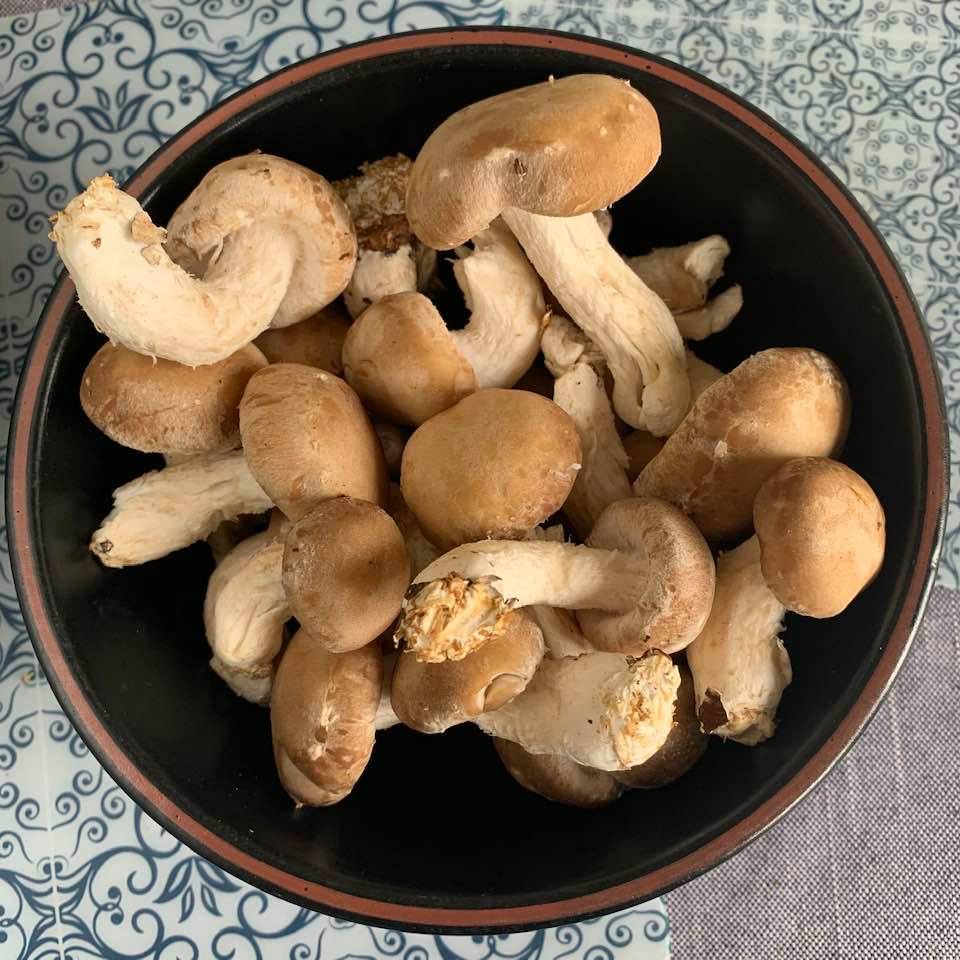
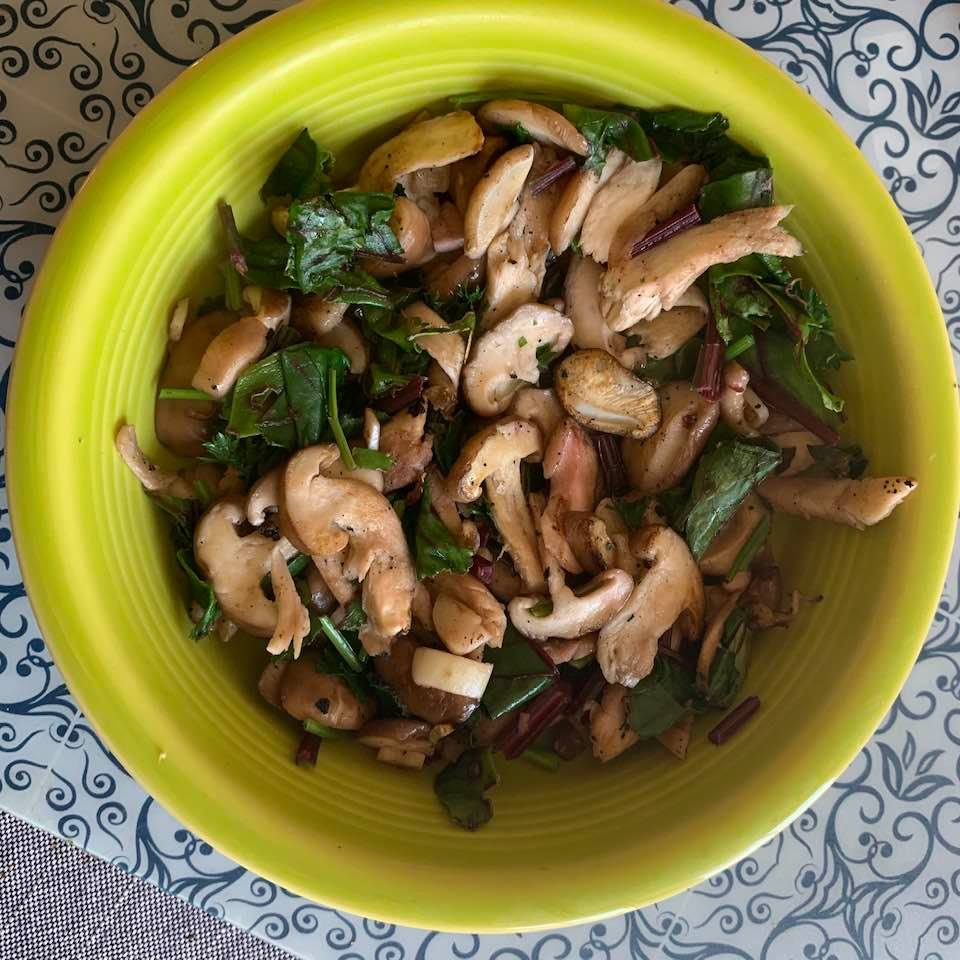
I used some of the shiitakes, with the tree oyster mushrooms, to make a marvelous filling for my tortellini. The recipe is here.
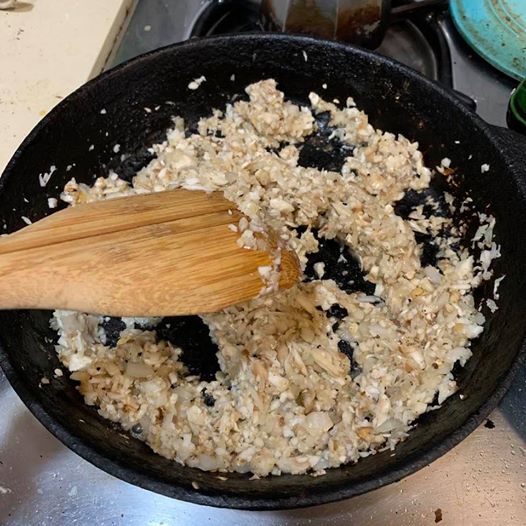
And I made beautiful steaks out of Lion’s Mane mushrooms. There’s a technique involved, but it’s not hard. You heat up vegan butter in a pan, place the mushrooms in, and then flatten them with a heavy pan on top. After a few seconds, you flip the mushrooms and season them (I used Marin jerk.) You then flip again, season again, and press again. A few flips and presses yield something remarkably juicy and meat-textured, which you can see on the right of yesterday’s lunch.
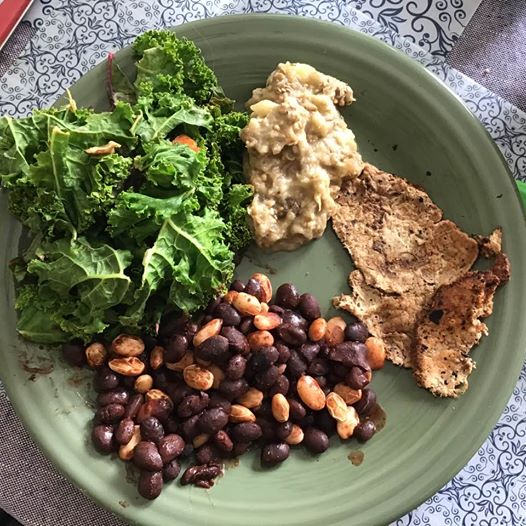
The fresh mushrooms are wonderful to eat. They have a more powerful aroma than store-bought mushrooms and a bit of a “gamy” feel–it definitely conveys the message that they are neither plants nor animals. Most importantly, the mushroom adventure has fostered a lot of respect and admiration for these magical organisms and their important ecological role. I very much hope we’ll get a few more crops out of the substrata we have!









